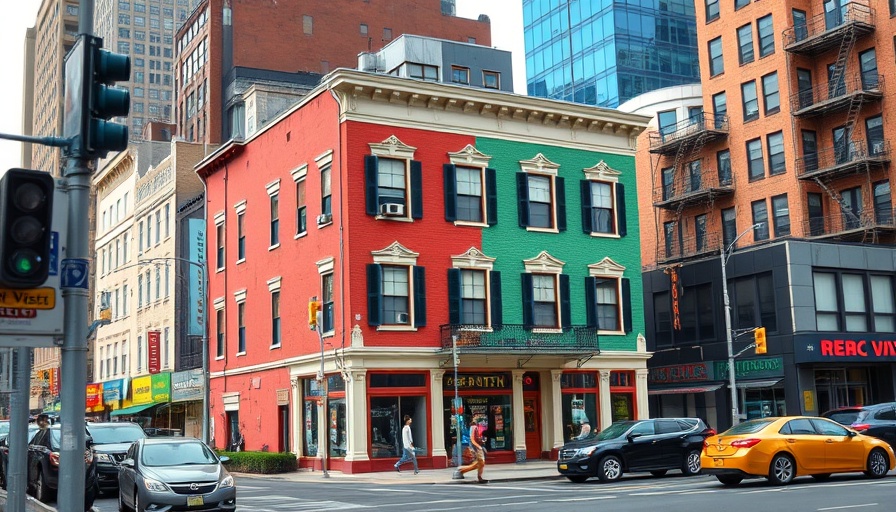
The Visionary Architect Behind Carnegie Hall
When we think of Carnegie Hall, we often picture world-renowned musicians performing in a breathtaking space. Yet, the true story begins with Andrew Carnegie, an industrial titan who envisioned a cultural hub for New York City. In 1889, during a transatlantic journey, Carnegie and conductor Walter Damrosch discussed the pressing need for a music venue that would elevate the city's cultural scene. This conversation ignited the spark that led to Carnegie's generous $2 million donation to create a hall that would resonate through history.
Design and Location: A Masterful Choice
Carnegie Hall's location on Seventh Avenue, a site that was, at the time, on the city's outskirts, played a crucial role in its history. Designer William B. Tuthill—a talented architect and amateur cellist—was tasked with creating the hall. His knowledge of European concert halls ensured unparalleled acoustics and a visually striking design, with Italian Renaissance influences. The building's terra cotta and brick facade embodies the artistic aspirations of an era defined by rapid cultural development and affluence.
The Grand Opening: A Night to Remember
The grand opening of Carnegie Hall on May 5, 1891, was a landmark event, attracting New York’s elite. The streets were clogged with horse-drawn carriages as society’s movers and shakers gathered to witness a historical moment. The evening began with a symphony performance led by Damrosch, setting the stage for an illustrious tradition of music and performance that continues today.
Carnegie Hall's Cultural Impact
Over the years, Carnegie Hall has transcended its original purpose, becoming a symbol of artistic expression and cultural exchange. Notable figures from every corner of the performing arts have graced its stage, including legends such as Pyotr Ilyich Tchaikovsky and more contemporary icons. Its continued relevance is a testament to Carnegie's vision—a place where musicians and audiences can connect, creating an ambiance of shared experience and communication.
Carnegie Hall's Place in New York's Landscape
As Manhattan evolves, Carnegie Hall remains an anchor amidst changing times and urban development. Surrounded by new skyscrapers and ever-evolving neighborhoods, it still stands as a monument to cultural heritage and the vibrancy of the arts. Visitors to New York can marvel at its storied walls, enjoying performances that not only reflect artistic expression but also the complex narrative of a city that continually shapes the cultural fabric of America.
Understanding the history of Carnegie Hall enriches our appreciation for arts and culture, especially in a changeable urban landscape. As we celebrate this iconic venue, let us honor Andrew Carnegie's vision by continuing to nurture the arts in our communities.
 Add Row
Add Row  Add Element
Add Element 



 Add Row
Add Row  Add
Add 
Write A Comment